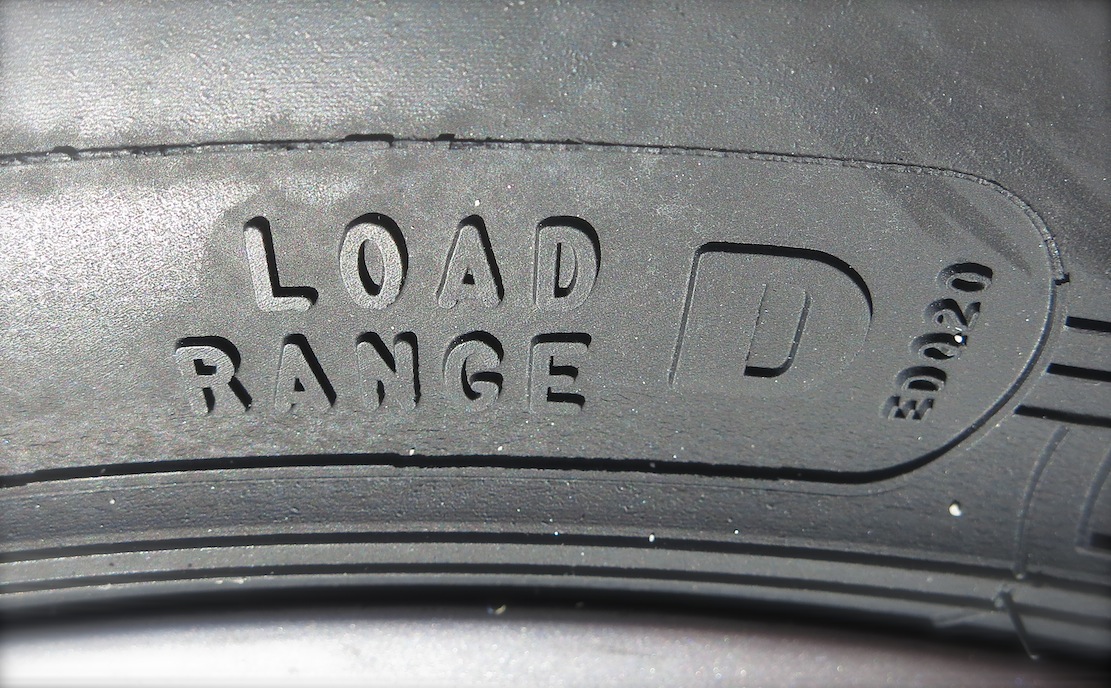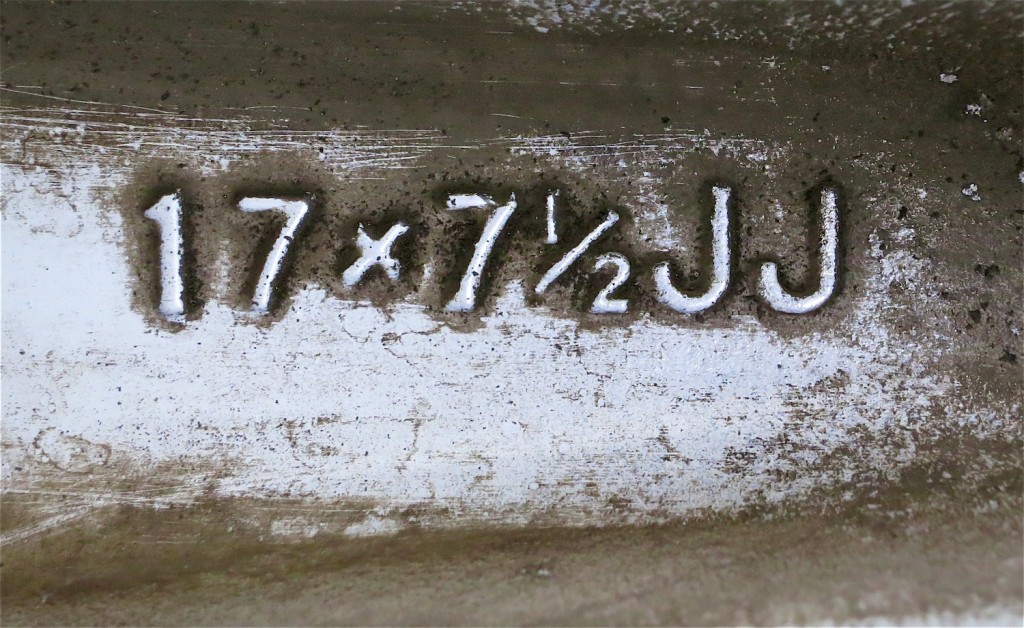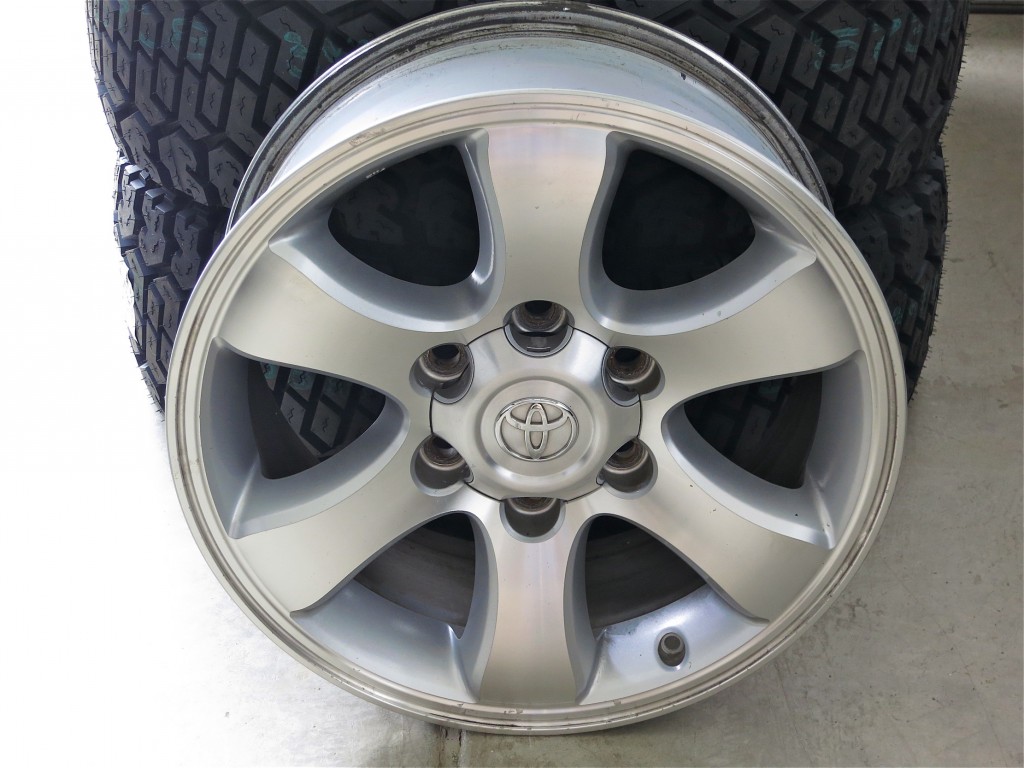Some of the great load-range (LR) D enthusiast tires are going to be improved to load-range E designs. This is only an improvement if one needs the higher load rating, and can be a negative if you don’t (see Wheels, Tires, and Sidewalls from Jan. 2012). I understand manufacturers’ position, if they make all or most of their heavy-duty light-truck (LT) tires load-range E, the tire can be used for stoutest pickups down to the smaller, lighter rigs. I argue that these stiffer, less flexible tires are not ideal for many lighter 4WDs which are typically daily-drivers that rarely haul or tow maximum loads, and would benefit from the better ride and off-pavement traction that more flexible tires offer. There are many applications where a load-range D or C (remember those) are the best choice. I view the reduction and possible elimination of the LR D tire choices similarly to the needless super-sizing of everything in the USA.
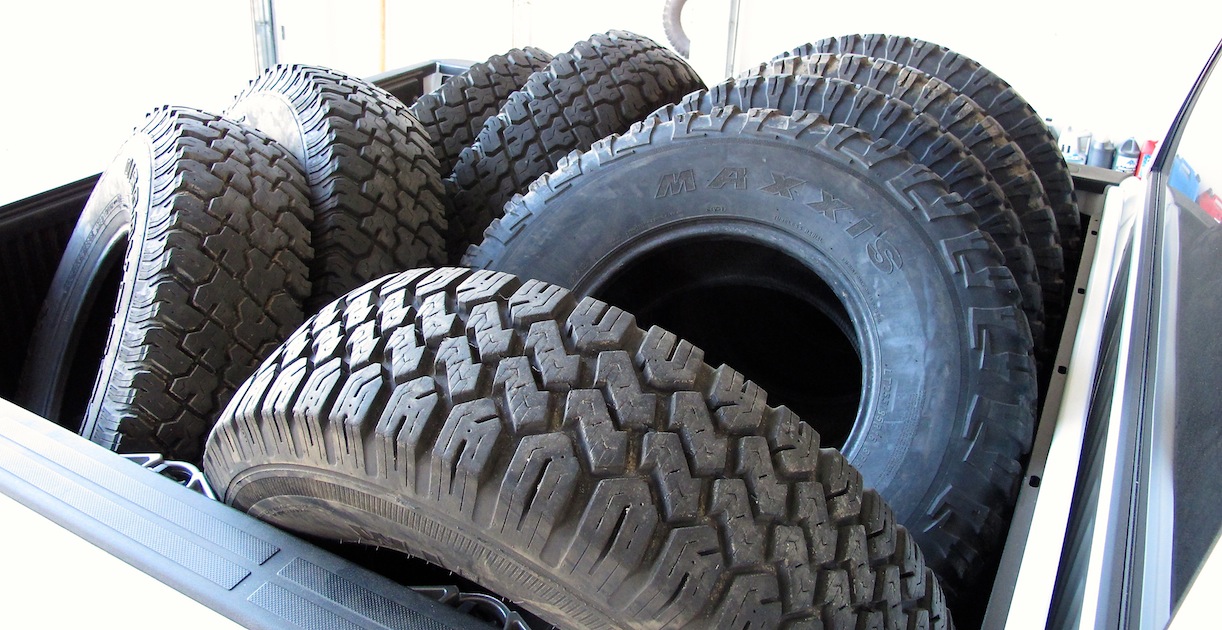
I also see similarities to the slow death of the LT255/85R16 size. There is still a small market for this fantastic 33×10-inch tire, and many 255/85 tires that were all LR D five years ago, have become LR E designs. In support of this 255/85R16 change, I do think most trucks running this size are heavy-duty, full-sized pickups that are used as such, and the added capacity and reduced flex is a positive. Unfortunately narrower tires don’t appeal to the masses (strike 1), few new trucks are made with 16-inch wheels (strike 2), and the perfect 17-inch 255/85 replacement, the 255/80R17, is available in one tire (strike three), the BFGoodrich KM2 mud-terrain.
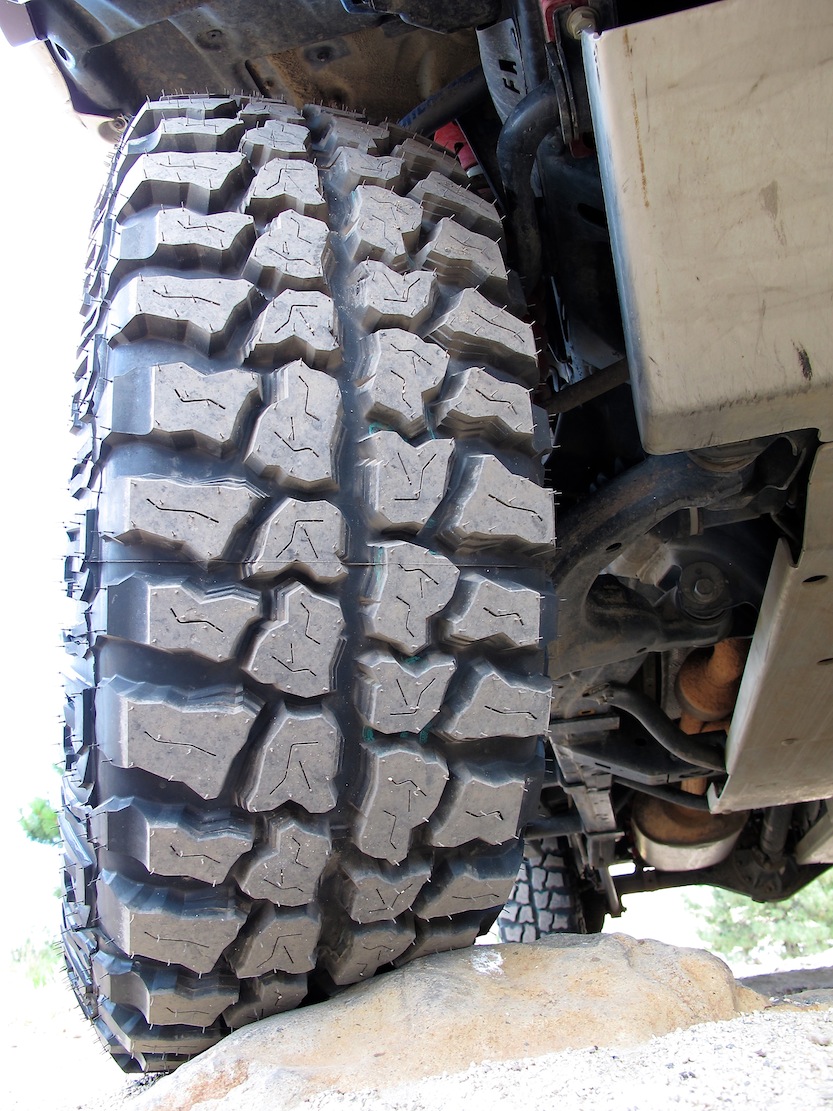
The Sea Change In Load-Range Continues
Recently I noticed that two of my current favorite mud tires, the Dick Cepek Mud Country and the Mickey Thompson Baja MTZ, are losing their load-range D rating in favor of the LR E in a couple popular sizes.
The Mud Country in 285/75R16 and the MTZ in 285/70R17 are switching to a load-range E rating. Both of these tires/sizes were load-range D, with 3-ply sidewalls, a perfect combination for many enthusiast applications. I currently own a set of each of these treads and love the 3-ply sidewalls combined with a load-range D casing. The new LR E offerings will surely offer less sidewall and/or tread flex (bad off-highway, good for tonnage) and be firmer riding during lightly loaded daily use. How stiff is the question, as not all LR E tires are created equal. Some are pretty flexible like the BFG KM2, while others like the new Cooper S/T MAXX and Toyo M/T are quite stiff.
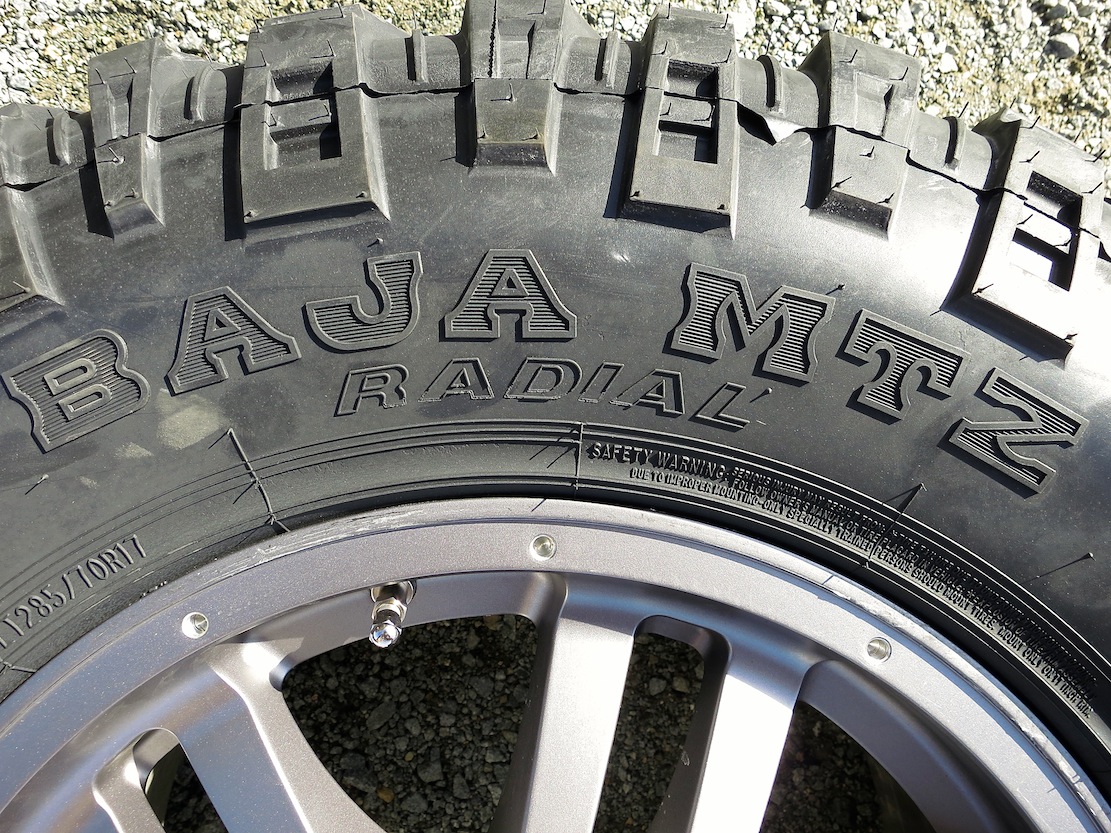
If you think I’m some kind of tire nut who likes fetish tires (well…) there has been and likely still is plenty of market and demand for good, load-range D tires. The currently popular, practical, and useful 285/70R17 size has several load-range D offerings. A search on www.trierack.com recently listed twenty-eight 285/70R17 tires; 14 of which were LR D treads, 7 were LR E, and 7 were P-rated tires. These LR D designs were not duds, and included some of the best or most popular off-highway enthusiast tires currently offered, including: Dick Cepek F-C II, BFGoodrich KM2 and All-Terrain, Goodyear MT/R with Kevlar, and Goodyear DuraTrac. For years BFG has offered their ever-popular All-Terrain in both load-range D and E flavors in both the 16-inch and 17-inch 285 mm sizes. I respect BFG for seeing and filling this need, and not forcing everyone who wants a 285 to run a load-range E tire. There is a difference.
Does this mean that I will no longer buy certain niche tires once they’re not available in LR D? Probably not. While I prefer a LR D tire for most of my uses, my primary criteria for light-truck tires is that I like the tread and overall characteristics, they balance well, and the chassis I put them on likes the tire. All of these are equally important, any missing ingredient can make a tire undesirable for the specific application—a deal breaker. After these metrics I prefer and will take a load-range D if I can get it, but will accept a load-range E if it’s not overly stiff.
RoadTraveler, enjoying the tire wear to get there.
Copyright © 2012 James Langan

